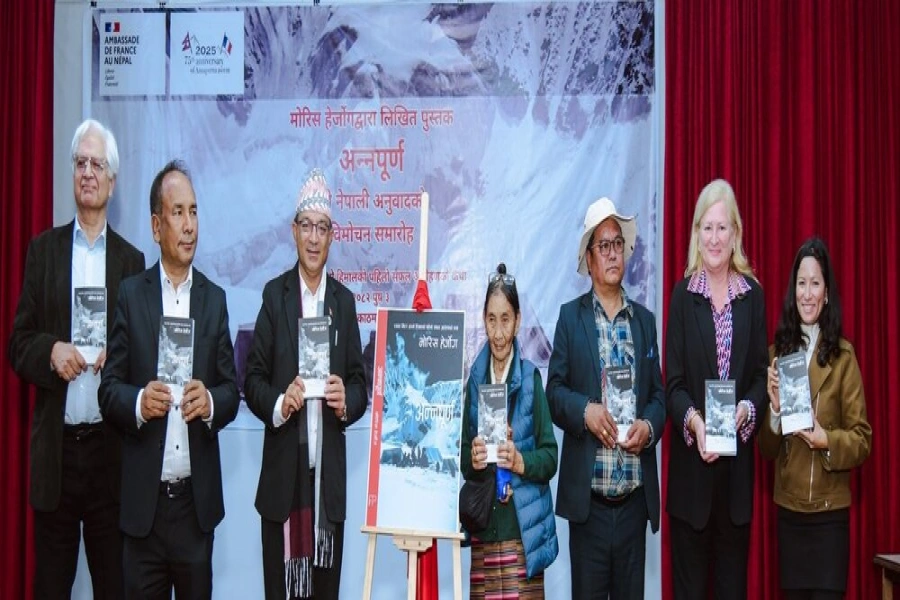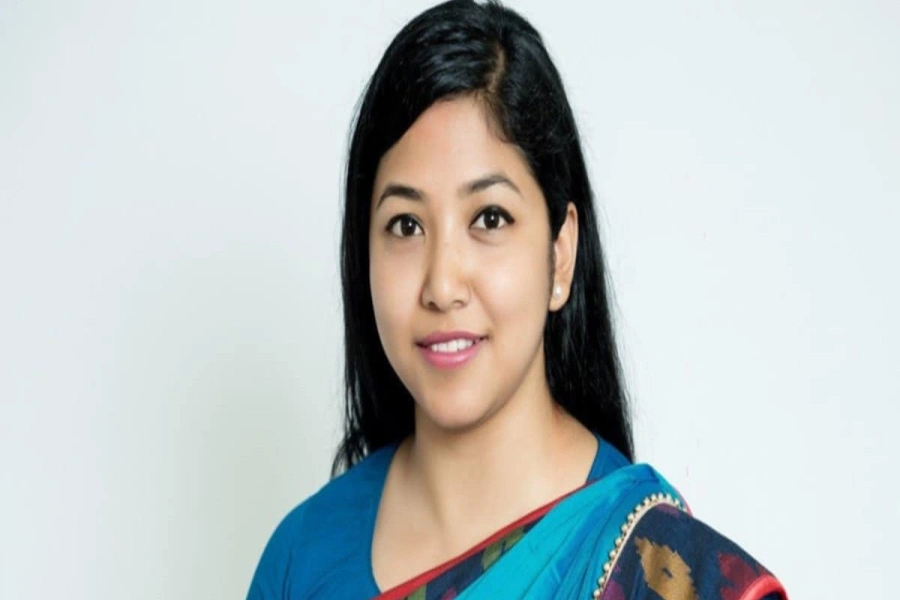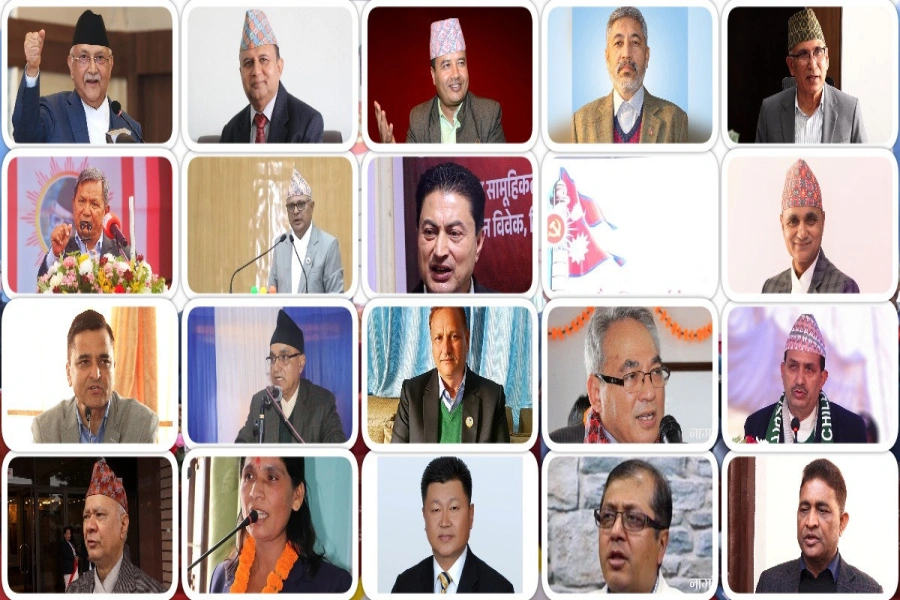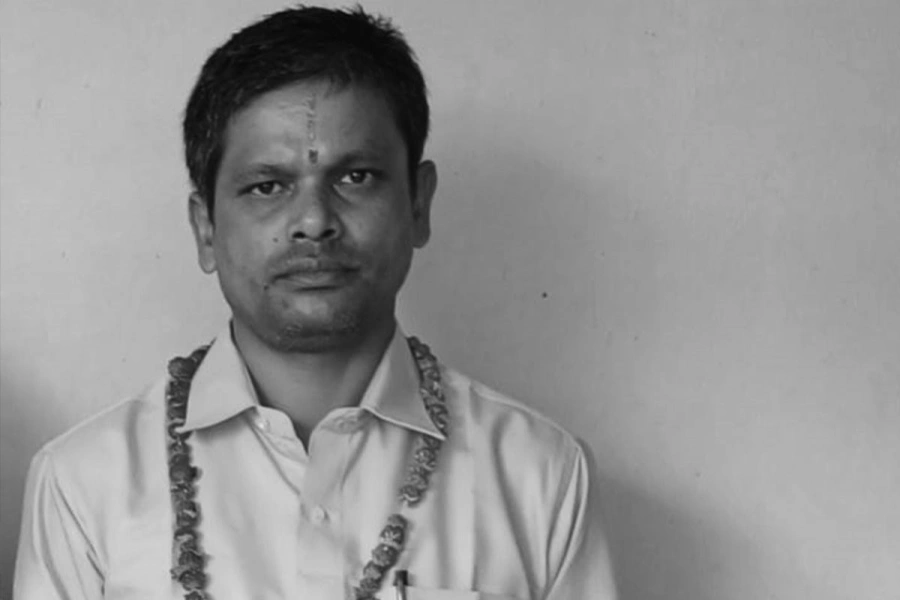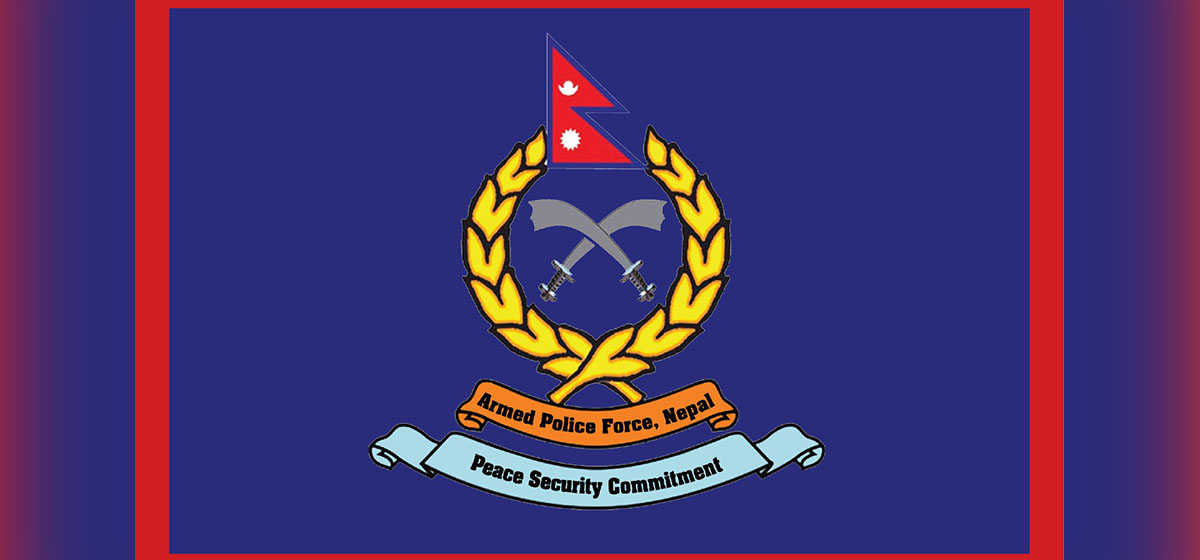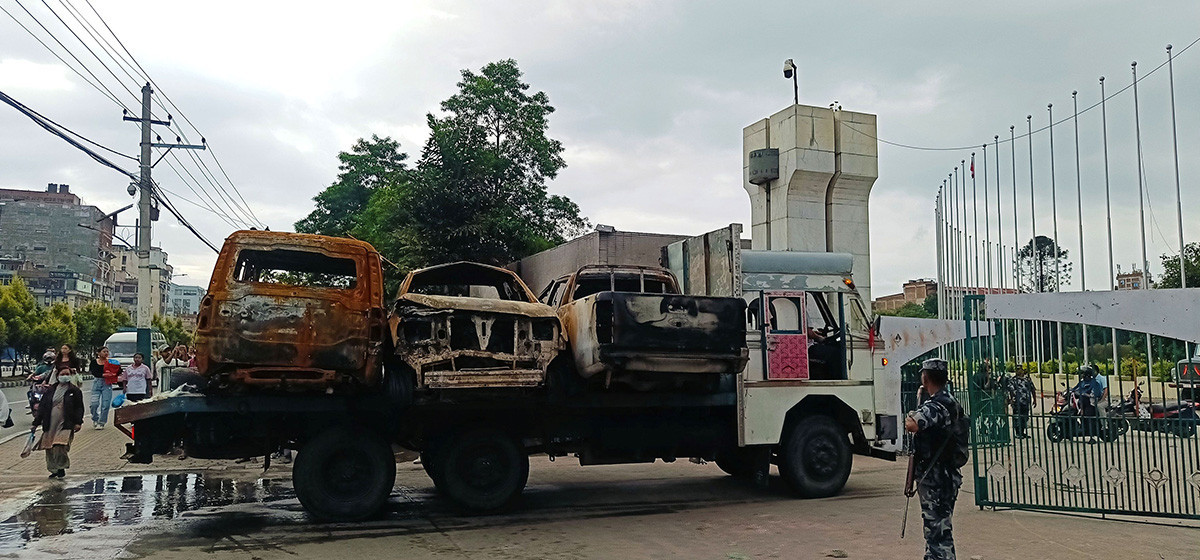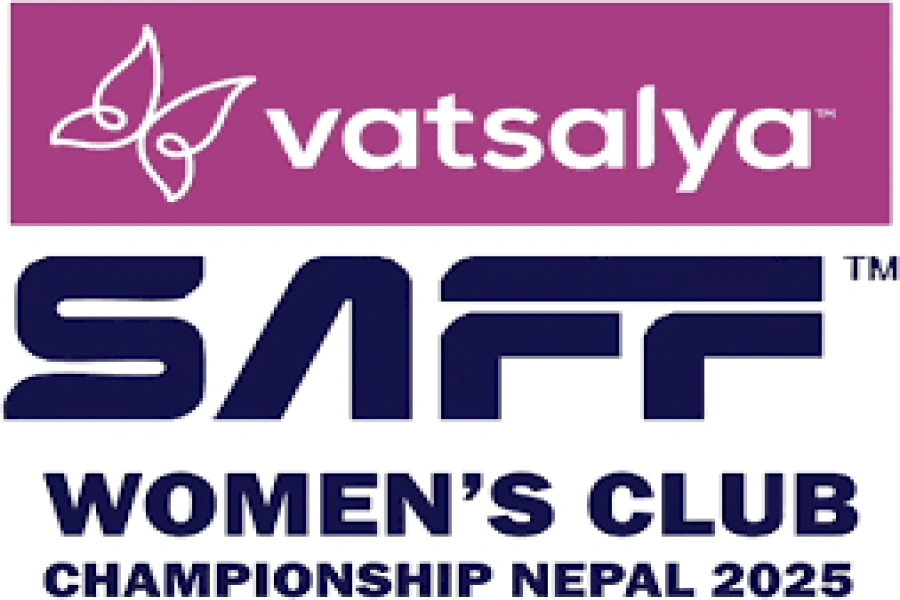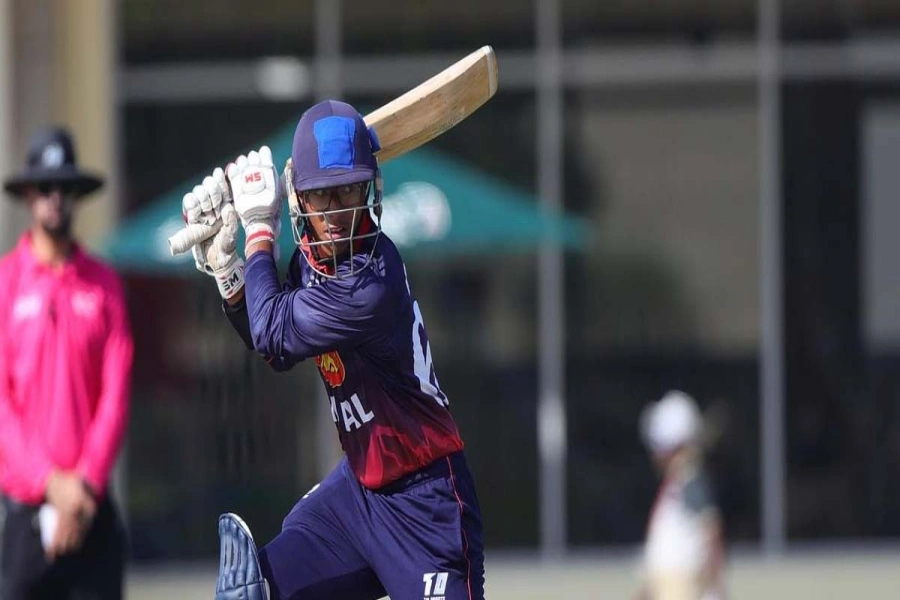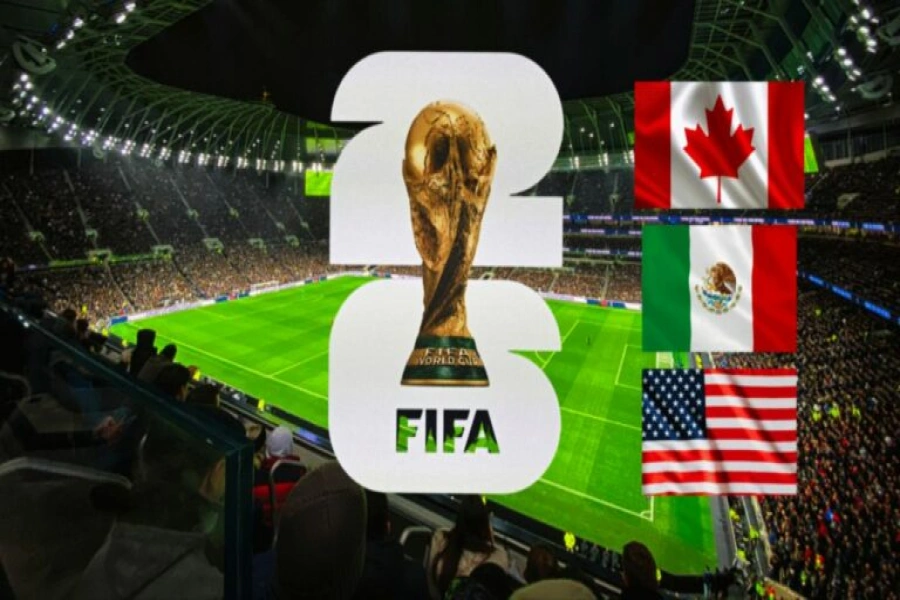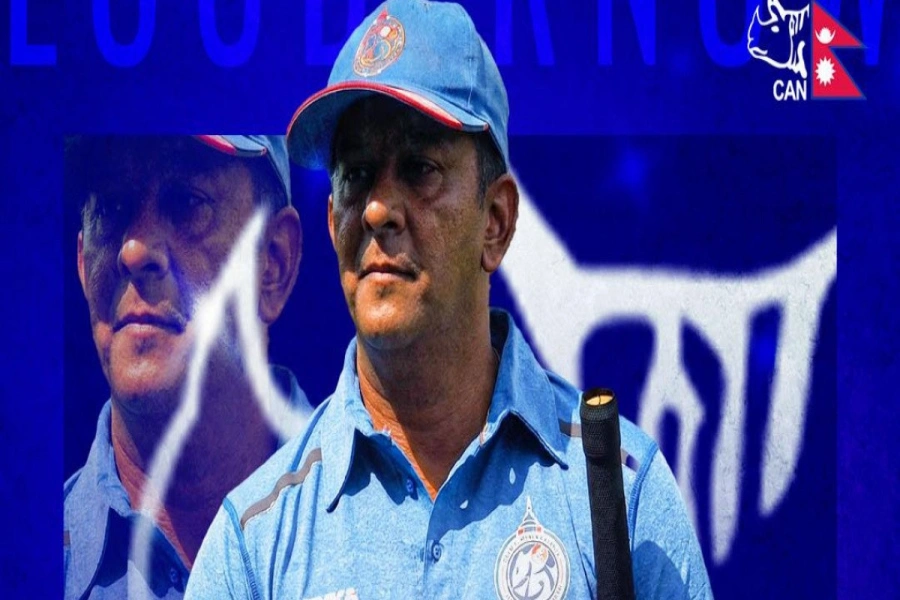Mustang is one of the eleven districts of Gandaki Province and one of the seventy-seven districts in Nepal. Formerly known as the Kingdom of Lo Manthang, it became a part of the Nepalese Federation in 2008 after the end of the country’s monarchical rule. Mustang earned the nickname “District behind the Himalayas” because the Himalayas are visible to the south rather than the north. Today I will be sharing my experience traveling to this beautiful land north of Nepal.
Day 1: Relaxing in a Hot Spring after a Long Day of Travel
Our trip to Mustang began in Kathmandu, Nepal. We woke up at 5 in the morning, excited for the journey ahead, when suddenly the phone rang. It was our driver, already waiting outside. We scrambled to finish packing, grabbed some coffee, hopped in the Jeep, and off we went! We passed through the Kathmandu Valley, Naubise, and Thakre, finally stopping in Mankhutar for more coffee and breakfast. Then we hit the road again. It took us about an hour to reach the Trishuli River. The Trishuli River originates from Gosaikunda and Tibet and merges with the Narayani River after reaching Chitwan. We followed the Trishuli River until we got to Mugling. After reaching Mugling, we traveled along the Daraudi River. The views were so mesmerizing that I felt like I was in a scene from a movie, with the wind blowing through my hair and the sun shining on my face. Soon after, we reached Damauli, where we had Thakali Khana for lunch. The Thakali meal, or Thakali Khana, is a feast from Nepal’s Mustang region. It includes Dal (lentil soup), Bhaat (rice), Tarkari (curried vegetables), and optional meat curries. Buckwheat, barley, and millet are common grains used. Unique sides like Gundruk (fermented greens), Kanchhemba (buckwheat fries), and pickles are also featured. After lunch, I explored Damauli for a bit, and then we headed towards Pokhara. The highway to Pokhara was under construction, so we experienced many bumps. At 3 p.m., we finally arrived in Pokhara. After getting some snacks in the city, we continued our journey through the Pushpalal Highway. We passed through Hemja and soon reached Maldung, the entry point for Mustang. As we entered, the landscape started to change, with fewer trees the further we went. After 13 hours of traveling, we reached Tatopani.
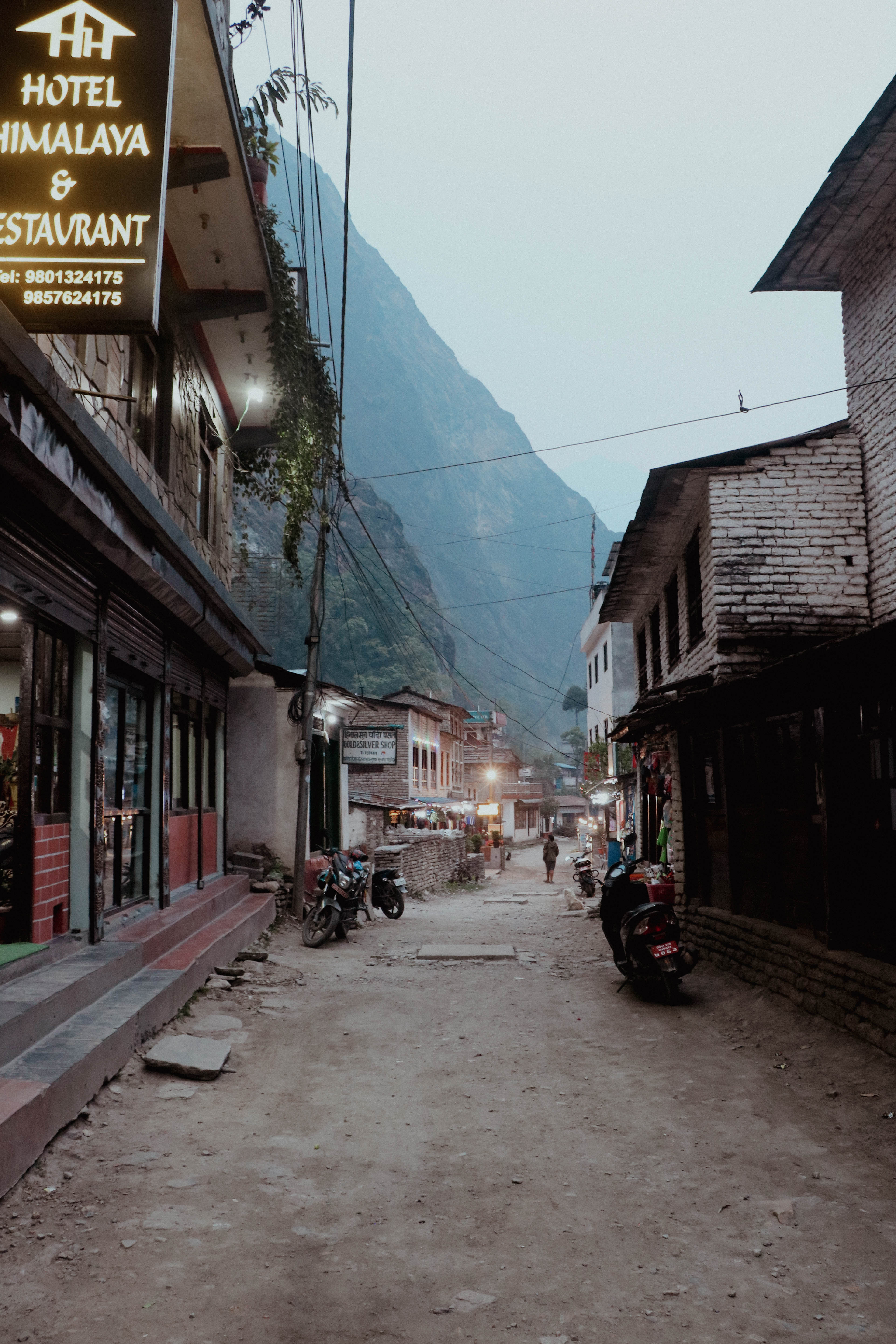
Image: Tatopani, Myagdi
We booked a hotel in Tatopani and decided to relax in a nearby hot spring. After soaking in the hot spring for a while, we returned to our hotel, had Thakali for dinner, and went to bed early.
Day 2: Collecting Shaligrams at Kagbeni and Muktinath Darshan
As soon as we woke up, we were greeted by the most mesmerizing view of the Himalayas. I had never seen any peaks up close. We packed our bags, had some coffee, and hit the road again. On the way, we passed through Lete, Chhyo, Marpha, Jomsom, and finally Kagbeni, where we took a bath in the holy river of Kali Gandaki. Kagbeni lies between two sacred rivers: Kaligandaki, originating from Damodar Kunda, and the Gandaki River, originating from Muktinath. The name Kagbeni comes from the combination of “Ka,” meaning Goddess Kali, “G,” meaning Gandaki, and “Beni,” meaning confluence.
57,000 plus tourists visit Mustang in 2019


Image: Kagbeni, Mustang
We searched for fossilized stones known as “Shaligram” on the bank of the Kaligandaki River, but sadly, I didn't find any. After bathing in the holy Kali Gandaki River, we got in our Jeep and made our way to the Muktinath temple. Along the way, we saw some amazing landscapes in Mustang, Nepal. It was a surreal experience. After 30 minutes of travel, we reached Muktinath. Muktinath is a Vishnu temple sacred to both Hindus and Buddhists, located in the Muktinath Valley at the foot of the Thorongla mountain pass in Mustang, Nepal. It is one of the world’s highest temples (3,800 m). We had to walk for about half an hour after getting off the Jeep to reach the temple.
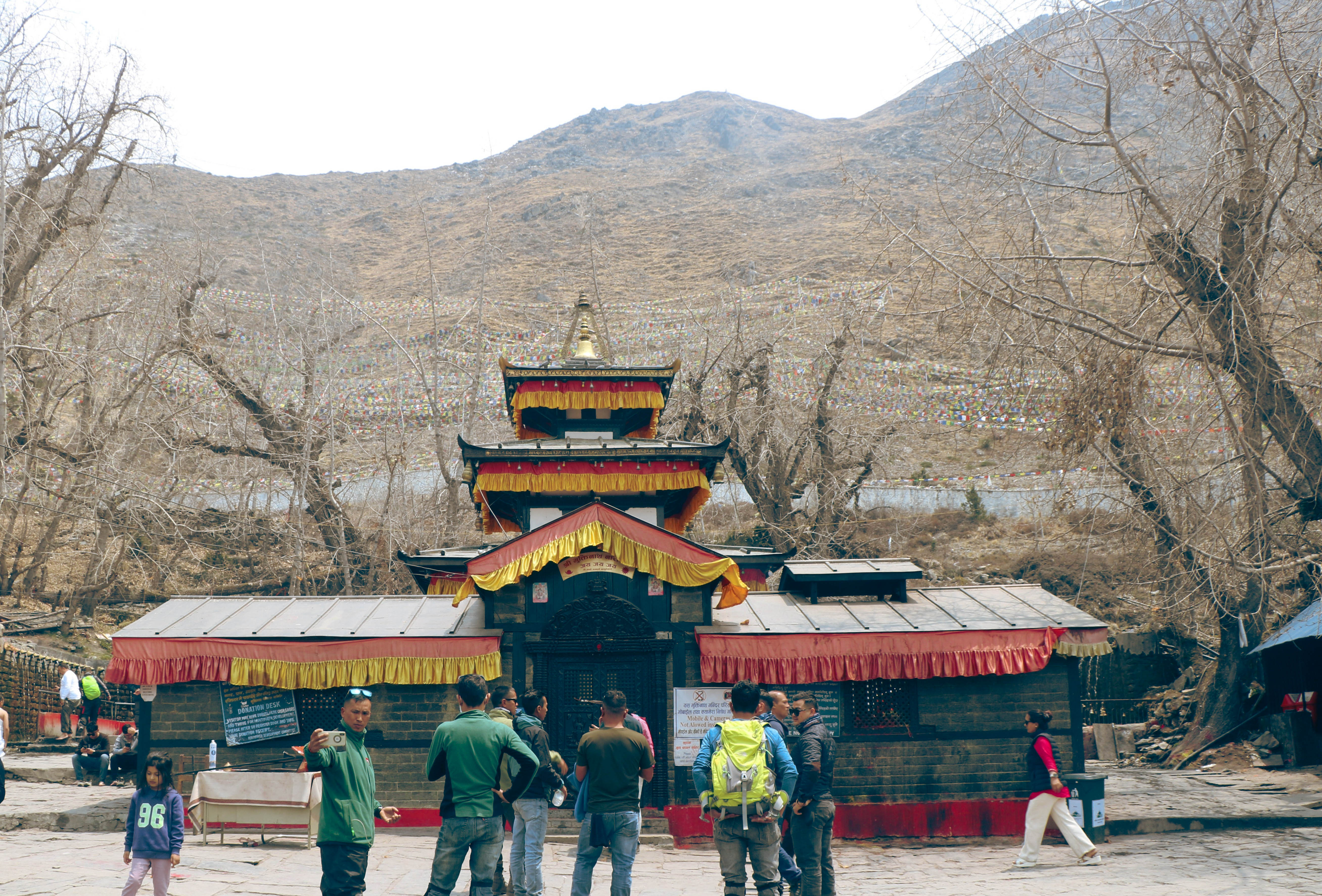
Image: Muktinath Nepal
After reaching the temple, we rested for a while and bathed in the “108 Dhara,” or 108 taps. It seemed like it would be very cold, but it was not that cold after all. After bathing, we worshipped Lord Vishnu and prepared to leave when suddenly a huge crowd gathered. We were surprised to find out that it was a famous singer named Eleena Chauhan. We didn’t know about her, so we ignored her. We continued our descent and had a Thakali meal for lunch. After lunch, we hit the road again. After traveling for some time, we decided to stretch our legs. So, we asked the driver to drop us off to get some fresh air. However, as we got out, we felt that it was very windy, which is normal there as Mustang generally receives very little rainfall. After stretching for a bit, we continued our journey. We were traveling through Chhusang when we realized we might not have enough time to reach Lo Manthang the same day, so we decided to stay in a hotel in Chusang.
Day 3: Kingdom of Lo Manthang and Back Down
Day 3 was even better than the second day, as the mountains seemed to be saying “Good Morning” to us.
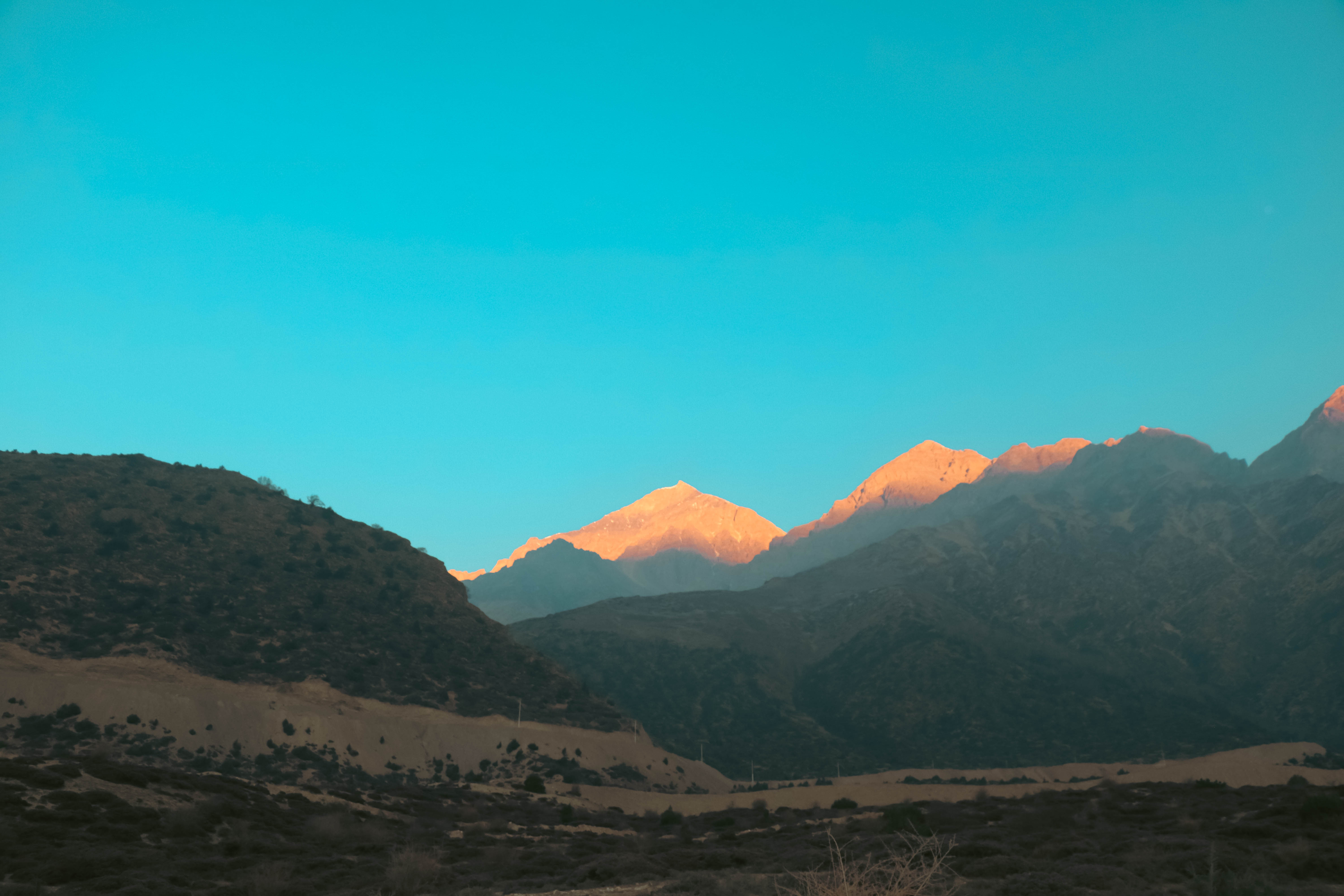
Image: Chusang, Nepal
You couldn’t start a morning better than this. We packed our bags, had some coffee, and set out for Lo Manthang.
Image: Mustang, Nepal
After some twists and turns, we finally arrived at the heavenly kingdom of Lo Manthang. We didn’t immediately explore the village, deciding instead to visit the Korola Border first. Located at an altitude of 4,461 m above sea level, the Korola Border serves as the border between Nepal and the People’s Republic of China (PRC). We took some photos, rested for a while, had some Chinese noodles, and returned to Lo Manthang. We saw many sheep, yaks, and chyangra along the way. As we descended, we saw Mt. Dhaulagiri, Nilgiri, and Annapurna I. It was a surreal experience. After reaching Lo Manthang, we visited Jhong Cave. Jhong Cave is a five-story marvel carved into a cliff face, reaching a height of 155 feet. The entrance is small and narrow but opens up to a labyrinth of over 40 chambers spread across its various levels. Steep stairs and wooden ladders connect these chambers. As for its construction, nobody knows who made it. Some believe it was constructed for religious purposes centuries ago, while others say the people of Mustang built it to seek refuge from enemies and harsh weather conditions. Our cave exploration left us with a healthy appetite, so we had some local lunch nearby. From there, our trip to Lo Manthang ended. We got back on the road and headed straight to Lete. We stopped for a tea break at a hotel where we had stayed the night before. After that tea break, we didn't stop for a single minute. We had to reach Lete before nightfall. As we passed through Jomsom, some kids were selling Shaligram, which they had collected. We decided to purchase one. It was of great quality. After paying them, we headed straight to Lete. We checked into the hotel at 8 p.m., had dinner, and went straight to bed.
Day 4: Surrounded by Himalayas in Lete
Day 4 started even better than all the previous days. We were surrounded by the mighty Himalayas.
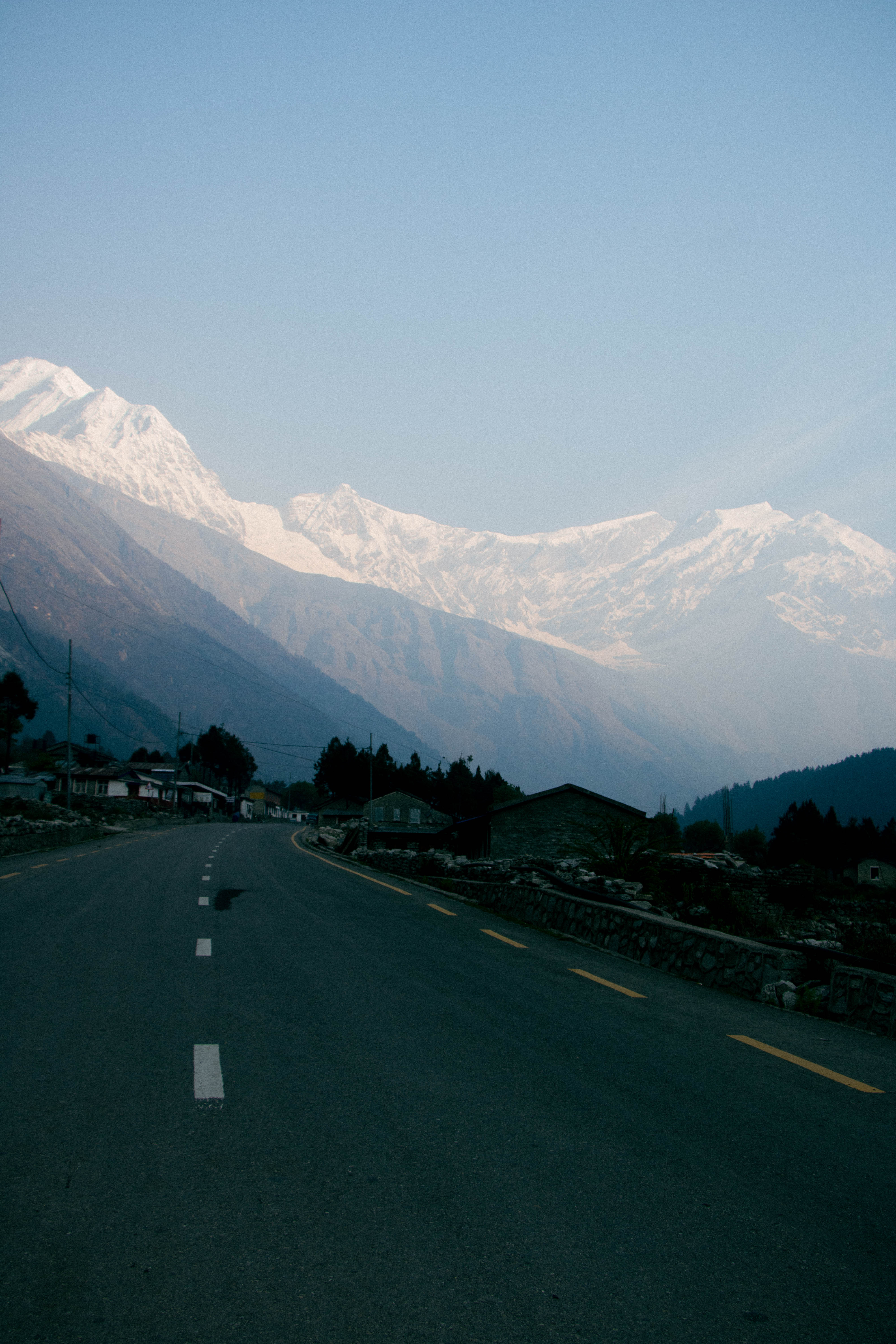
Image: Lete, Mustang
We were clicking some photos when the hotel staff called us for tea. Watching the Himalayas while drinking tea will be the most memorable experience of my life. After we finished our tea, we hopped on the Jeep and headed straight to Galeshwor Mahadev in Beni, Myagdi. As we approached Galeshwor, vegetation began to reappear. At 10 a.m., we reached Galeshwor Dham, whose main shrine is known as the second Pashupatinath temple. After worshiping Lord Shiva there, we had lunch in a nearby restaurant. Our next destination was the Baglung Kalika Temple, but before that, we crossed the Baglung Parbat Footbridge, which was the world's longest suspension bridge before it was surpassed by the Sky Bridge in the Czech Republic. This bridge connects the Baglung and Parbat districts.
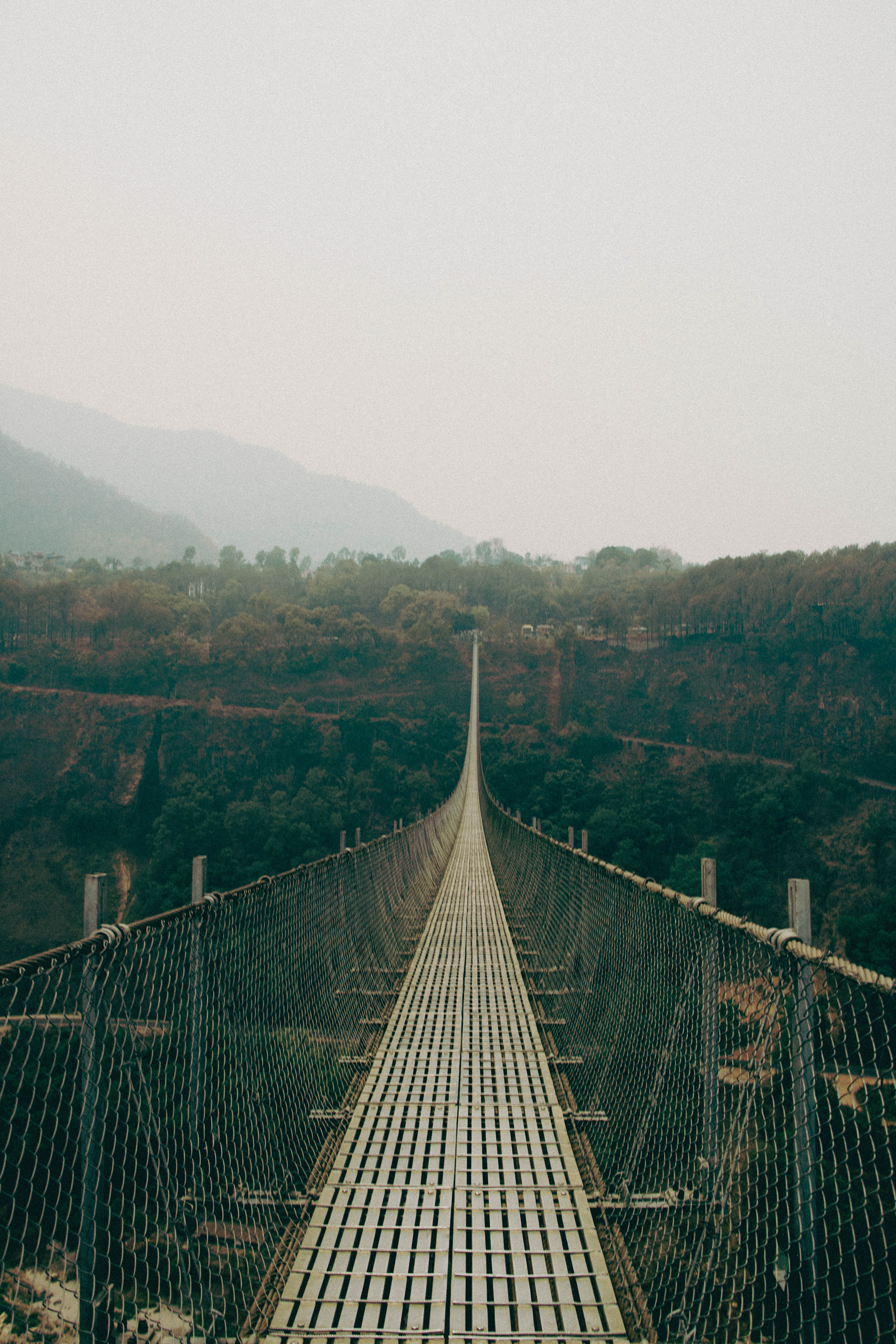
Image: Baglung Parbat Footbridge
It was amazing standing in the middle of the bridge and looking down at Beni Bazar. I wanted to stay there longer, but the clock was ticking, so I had to move on. We continued our journey to the Baglung Kalika Temple, and after some time, we reached it. This temple is dedicated to the fierce Hindu goddess Kali. We worshiped in the temple, rested a bit, and then headed straight to Pokhara through Naudada, Hemja, and Archalbot. We were going to Pumdikot. We had visited Pumdikot before, but it was under construction; now we got to see this place fully built. We didn't spend a long time in Pumdikot. We took some photos and headed straight to Gorkha. Due to road construction in Pokhara, we went through the Pushpalal Highway instead. After a long day, we finally reached our hotel in Gorkha, had dinner, and went straight to bed.
Day 5: To the Place Where It All Began
Day 5 was the last day of our trip. We woke up early in the morning to visit Gorkha Durbar, the birthplace of King Prithivi Narayan Shah. There was a temple in Durbar where we performed puja, took some photos, and returned to our hotel for breakfast. After breakfast, we checked out and explored the Gorkha Museum, which houses weapons, tools, clothes, and other artifacts from the time of Prithivi Narayan Shah and earlier. It was fascinating to see these historical items. As we were about to leave, we saw someone dressed up as Prithivi Narayan Shah, which caught our attention. We took some photos with him and then headed to Trishuli to explore the Trishuli Hydropower Plant, established with the help of the Indian Government in 2023 BS. We found that the technology used there was really old. We learned a lot about the process of generating electricity from fast-flowing rivers in Nepal. After an hour of exploring the hydropower plant, we headed towards Kathmandu through the Bidur-Tokha road. After five days of traveling, I finally arrived in Kathmandu. I was exhausted but exhilarated at the same time. I went into the shower and washed away the day’s sweat and fatigue. One thing was certain: This was a memory I’d treasure forever. Mustang, you have a way of making me feel truly alive.


_20220508065243.jpg)

